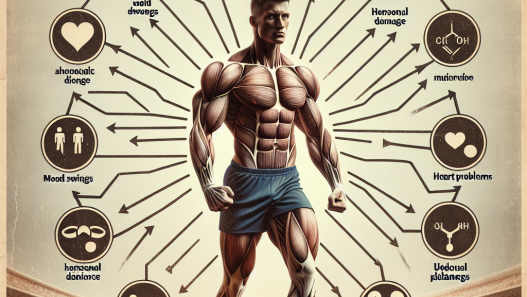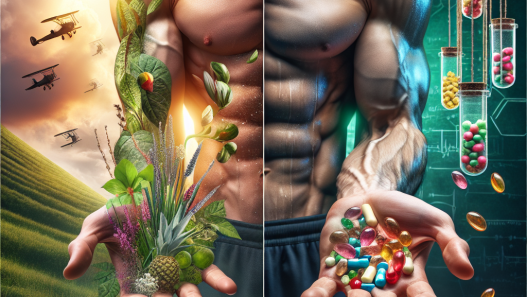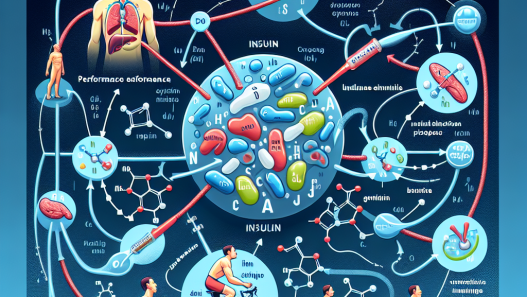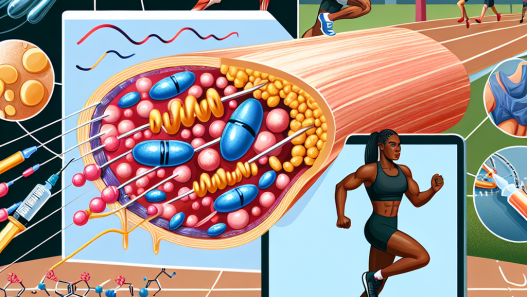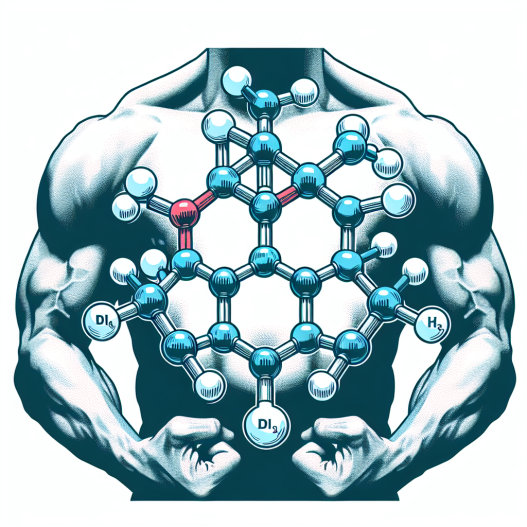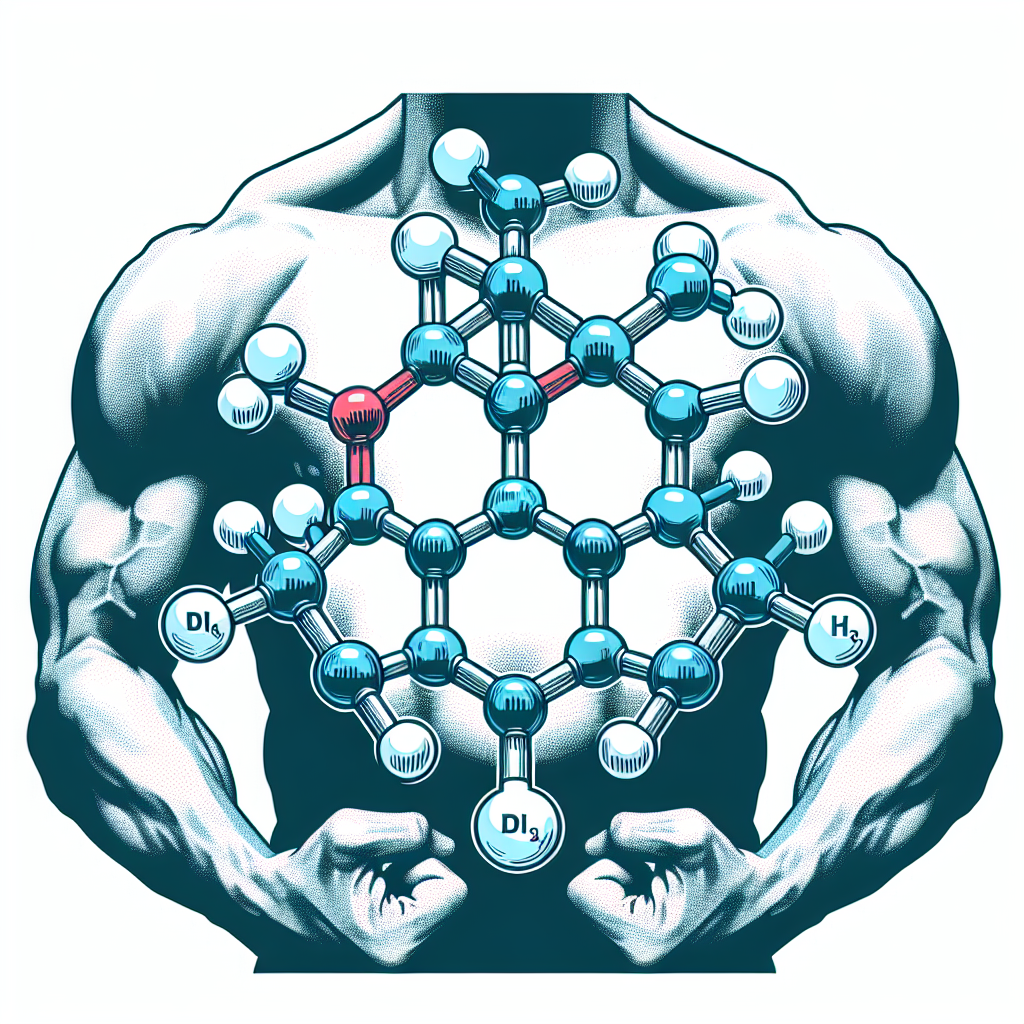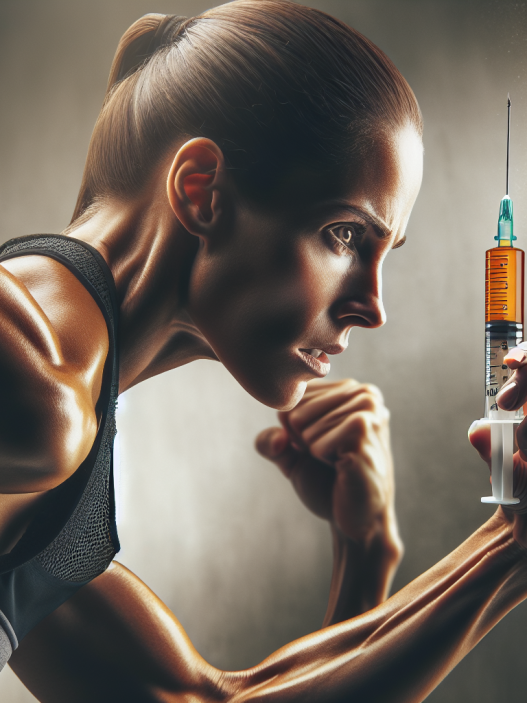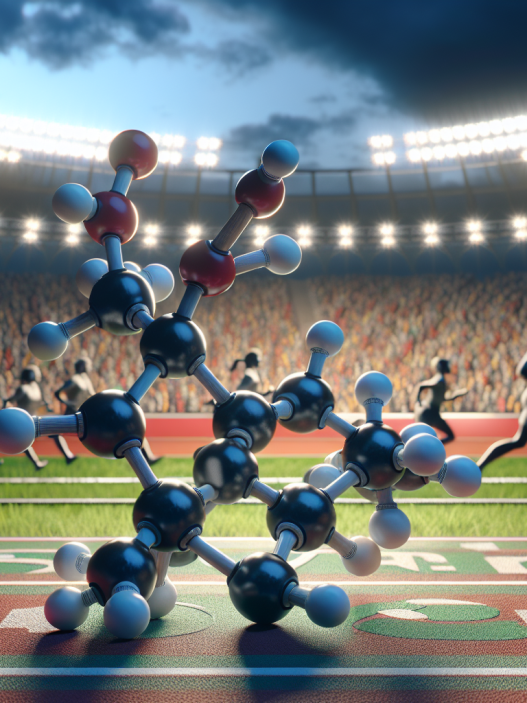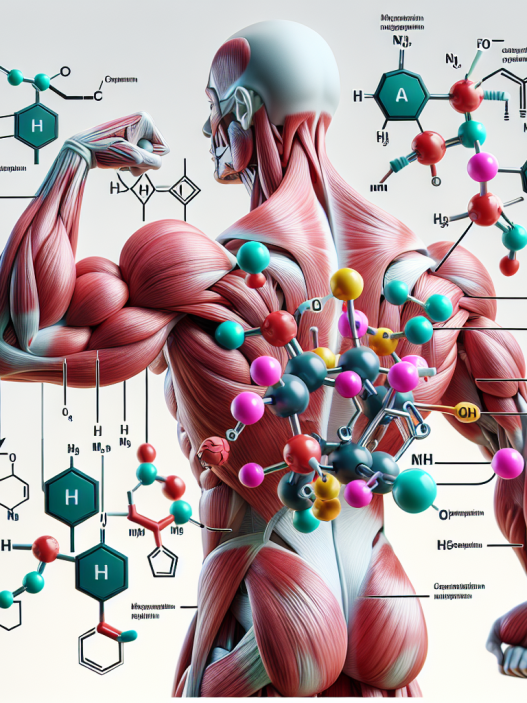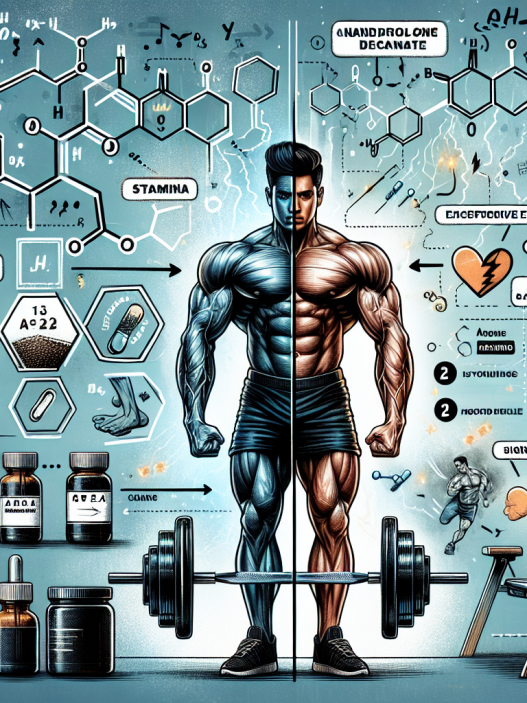-
Table of Contents
Drostanolone Propionate: A Potential Doping Agent in Sports
Drostanolone propionate, also known as Masteron, is a synthetic anabolic-androgenic steroid (AAS) that has gained popularity among athletes and bodybuilders for its potential performance-enhancing effects. While it is not approved for human use by the Food and Drug Administration (FDA), it is widely available on the black market and has been used by athletes in various sports, including bodybuilding, weightlifting, and track and field.
Pharmacology of Drostanolone Propionate
Drostanolone propionate belongs to the class of AAS known as dihydrotestosterone (DHT) derivatives. It is a modified form of DHT with an added methyl group at the carbon-2 position, which increases its anabolic activity and reduces its androgenic effects (Kicman, 2008). This modification also makes it resistant to metabolism by the enzyme 3α-hydroxysteroid dehydrogenase, allowing it to remain active in the body for a longer period of time (Kicman, 2008).
Like other AAS, drostanolone propionate works by binding to androgen receptors in various tissues, including muscle, bone, and the central nervous system (Kicman, 2008). This binding activates the androgen receptor, leading to an increase in protein synthesis and muscle growth, as well as improvements in strength and endurance (Kicman, 2008). It also has anti-catabolic effects, meaning it can prevent the breakdown of muscle tissue during intense training or calorie-restricted diets (Kicman, 2008).
Effects on Athletic Performance
The potential performance-enhancing effects of drostanolone propionate have been studied in both animal and human models. In a study on rats, it was found that drostanolone propionate increased muscle mass and strength, as well as endurance and running speed (Kicman, 2008). In human studies, it has been shown to improve muscle size and strength, as well as reduce body fat (Kicman, 2008).
One of the main reasons why drostanolone propionate is popular among athletes is its ability to improve muscle hardness and definition. This is due to its anti-estrogenic properties, which can reduce water retention and bloating, giving the muscles a more defined and chiseled appearance (Kicman, 2008). This is especially beneficial for bodybuilders and physique athletes who need to have a lean and defined physique for competitions.
Additionally, drostanolone propionate has been reported to improve recovery time between workouts, allowing athletes to train more frequently and intensely (Kicman, 2008). This can lead to faster gains in muscle mass and strength, as well as improved athletic performance.
Side Effects and Risks
While drostanolone propionate may offer potential benefits for athletic performance, it also comes with a range of potential side effects and risks. Like other AAS, it can cause androgenic side effects such as acne, hair loss, and increased body hair growth (Kicman, 2008). It can also lead to estrogenic side effects such as gynecomastia (enlarged breast tissue) and water retention (Kicman, 2008).
Furthermore, the use of drostanolone propionate has been linked to liver damage, cardiovascular issues, and changes in cholesterol levels (Kicman, 2008). It can also suppress the body’s natural production of testosterone, leading to hormonal imbalances and potential long-term health consequences (Kicman, 2008).
Detection and Doping Control
Due to its potential performance-enhancing effects, drostanolone propionate is classified as a prohibited substance by the World Anti-Doping Agency (WADA) and is regularly tested for in athletes. It can be detected in urine samples for up to 3-4 weeks after use (Kicman, 2008). However, there have been cases where athletes have used masking agents or other methods to avoid detection, highlighting the ongoing challenge of doping control in sports.
Real-World Examples
There have been several high-profile cases of athletes being caught using drostanolone propionate in sports. In 2016, Russian weightlifter Aleksey Lovchev was stripped of his Olympic silver medal after testing positive for the substance (BBC, 2016). In 2019, American sprinter Christian Coleman was banned for two years after missing three drug tests, one of which was due to him being out of the country using drostanolone propionate (BBC, 2020).
These cases highlight the prevalence of drostanolone propionate use in sports and the need for stricter doping control measures to ensure fair competition.
Expert Opinion
According to Dr. Mark Harrast, a sports medicine physician and former team physician for the Seattle Seahawks, the use of drostanolone propionate and other AAS in sports is a serious issue that needs to be addressed.
“The use of drostanolone propionate and other performance-enhancing substances in sports not only gives athletes an unfair advantage, but it also puts their health at risk,” says Dr. Harrast. “It is important for athletes to understand the potential consequences of using these substances and for governing bodies to implement stricter doping control measures to protect the integrity of sports.”
Conclusion
Drostanolone propionate, also known as Masteron, is a synthetic AAS that has gained popularity among athletes for its potential performance-enhancing effects. While it may offer benefits such as improved muscle mass, strength, and definition, it also comes with a range of potential side effects and risks. Its use is prohibited in sports and strict doping control measures are necessary to ensure fair competition and protect the health of athletes.
References
BBC. (2016). Rio Olympics 2016: Russian weightlifter Aleksey Lovchev stripped of silver medal. Retrieved from https://www.bbc.com/sport/olympics/37508389
BBC. (2020). Christian Coleman: World 100m champion banned for two years. Retrieved from https://www.bbc.com/sport/athletics/54084404
Kicman, A. T. (2008). Pharmacology of anabolic steroids. British Journal of Pharmacology, 154(3), 502-521. doi: 10.1038/bjp.2008.165

